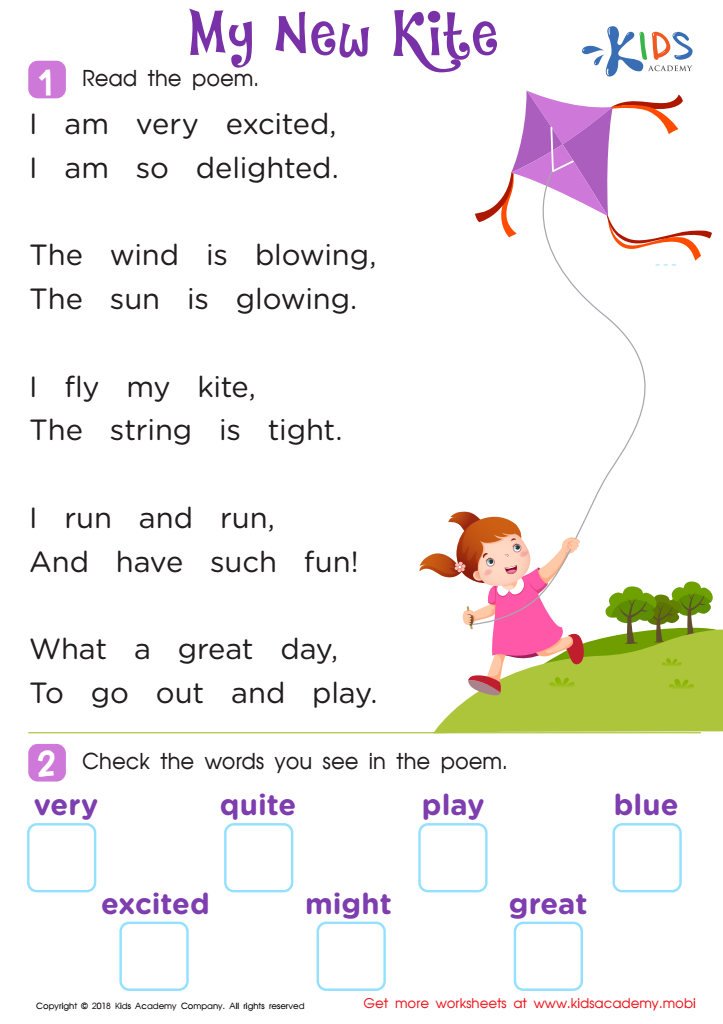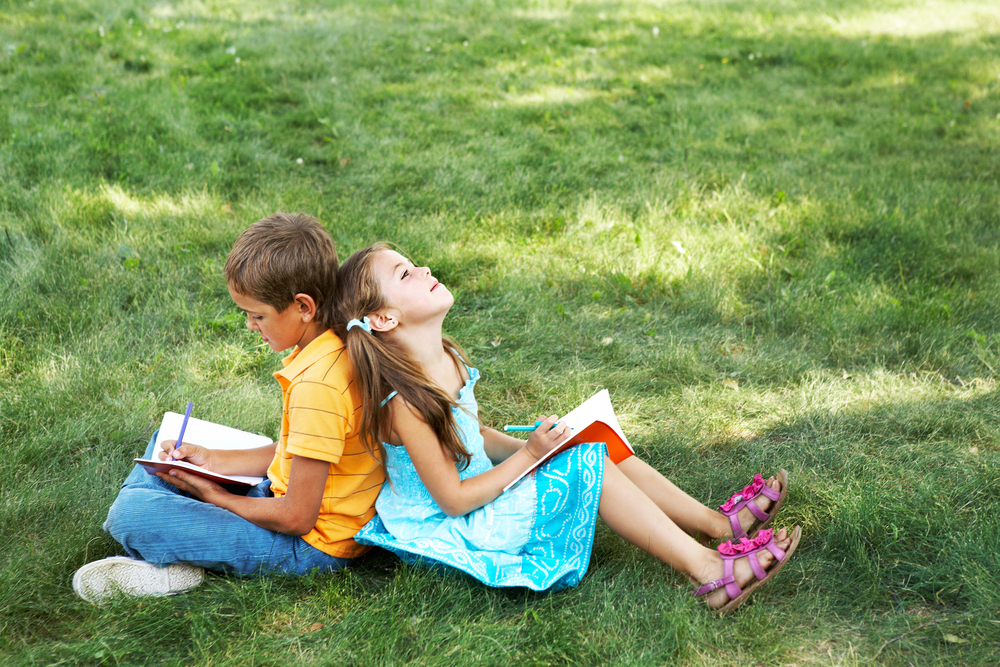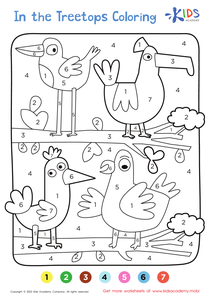RL.1.2 Key Ideas and Details worksheets With Answers for Grade 1
7 filtered results
-
From - To
Explore our engaging RL.1.2 Key Ideas and Details worksheets designed for Grade 1 students. These worksheets help young learners develop critical reading comprehension skills by focusing on identifying key ideas and details in stories. Each worksheet comes with an answer key, making it easy for parents and teachers to assess understanding and provide feedback. Our kid-friendly layouts encourage active participation while fostering a love for reading. Ideal for classroom assignments or at-home practice, these resources are perfect for teaching the important Common Core standard RL.1.2. Enhance your child’s literature skills with our expertly crafted materials today!


Rhyming Kites Worksheet


Poem: My New Kite Worksheet


Sequencing: The Tortoise and the Hare Worksheet


The Boy Who Cried Wolf: Cause and Effect Worksheet


True or False? The Boy Who Cried Wolf Worksheet


The Boy Who Cried Wolf Worksheet


The Tortoise and the Hare Worksheet
RL.1.2 focuses on students' ability to retell stories, identifying key details such as characters, settings, and major events. This standard is essential for several reasons.
First, retelling enhances comprehension skills. When children can summarize a story in their own words, they demonstrate that they understand the plot and its components. This reinforces their ability to comprehend more complex texts as they progress academically.
Second, developing the ability to identify key ideas helps children cultivate critical thinking skills. In today’s media-rich environment, discernment is vital; children learn to evaluate the main points versus supporting details, a fundamental skill for their educational journey.
Additionally, practicing retelling fosters communication skills. By encouraging students to express their thoughts clearly and in sequence, teachers and parents help improve both their verbal and listening abilities.
Lastly, engaging with narratives nurtures a love for reading. When children enjoy storytelling, they are more likely to develop a lifelong habit of reading, essential for academic success across all subjects.
In summary, RL.1.2 plays a critical role in building foundational literacy skills, promoting comprehension, critical thinking, communication, and a passion for reading, which is why parents and teachers should prioritize it in early education.
 Assign to My Students
Assign to My Students















